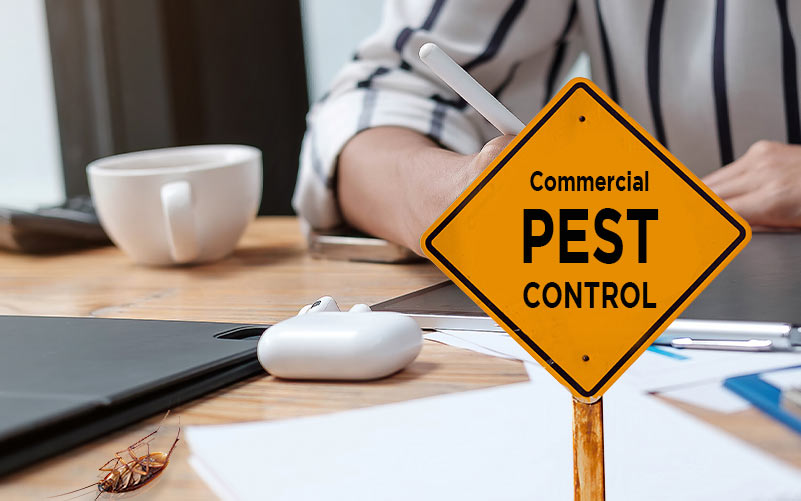Effective A1 Bed Bug Treatment in Charlotte - Safe and Proven Methods
Wiki Article
Bed Bug Therapy Breakdown: Contrasting Chemical Vs. Non-Chemical Solutions
In the realm of bug control, especially when dealing with the relentless issue of bed pests, the choice in between chemical and non-chemical therapy options can be a critical one. Both strategies use distinct advantages and downsides, affecting aspects such as performance, safety and security considerations, and overall price. By checking out the nuanced information of each approach, a more clear understanding of which path to go after in dealing with a bed insect invasion can be achieved.Performance of Chemical Therapies
Chemical treatments for bed insect problems have actually been commonly identified for their quick and potent efficiency in removing these pests. When thinking about the effectiveness of chemical treatments, it is vital to recognize that they can give a comprehensive and fast solution to a bed insect trouble. Expert pest control men frequently rely upon insecticides to target bed insects at different stages of their life cycle, including grownups, nymphs, and eggs. These chemicals generally work by interrupting the bed bugs' nervous system, bring about paralysis and ultimate fatality.In addition, chemical therapies have the benefit of providing recurring effects, suggesting that they can continue to eliminate bed bugs even after the initial application. This residual action is especially helpful in combating any prospective re-infestations. Additionally, the rapid activity of chemical treatments can bring relief to people encountering serious bed bug invasions, allowing them to gain back control of their living spaces quickly.
Security Concerns With Chemical Solutions
One vital aspect that requires careful consideration when using chemical options for bed pest therapy is ensuring the security of owners and the setting. Direct exposure to particular chemicals utilized in bed insect treatments can lead to respiratory system concerns, skin irritability, or various other damaging reactions, specifically in individuals with pre-existing conditions or level of sensitivities.In addition, the environmental effect of chemical services is one more significant factor to consider. Some pesticides used in bed bug treatments might be harmful to advantageous insects, wild animals, and environments if they seep right into the soil or water supply. It is essential to use chemical treatments sensibly, complying with security guidelines, and considering less toxic alternatives to mitigate these dangers and guarantee the reliable and safe management of bed insect invasions.
Benefits of Non-Chemical Strategies
Thinking about the potential security issues and ecological effect connected with chemical options for bed pest therapy, discovering non-chemical strategies provides an appealing choice with numerous distinctive benefits. Non-chemical therapies are ecologically pleasant, as they do not add to air or water contamination, making them a sustainable selection for insect control.In addition, non-chemical services can be efficient in targeting bed insects, consisting of hard-to-reach areas where chemical treatments may not permeate. Methods such as warm therapy, vacuuming, steam cleaning, and mattress encasements give complete obliteration without making use of harmful chemicals. Additionally, non-chemical techniques can be much less turbulent, requiring marginal prep work and allowing for quicker reentry right into treated areas. Overall, opting for non-chemical bed insect therapy methods not only focuses on security and environmental management but additionally makes certain extensive and efficient parasite control.
Limitations of Non-Chemical Treatments

Furthermore, non-chemical therapies typically need several applications to accomplish effective obliteration. This can be taxing and might not constantly assure total elimination of all bed insects and their eggs, specifically in hard-to-reach or surprise areas.
In addition, the success of non-chemical therapies greatly depends on appropriate execution and thoroughness, which can be challenging for people without specialist proficiency. Poor application of non-chemical approaches may cause incomplete elimination, bring about relentless invasions and the need for added therapies.
For that reason, while non-chemical therapies have their advantages, it is necessary to recognize these restrictions and consider them when figuring out the most reliable technique for taking care of bed bug infestations.
Expense Contrast: Chemical Vs. Non-Chemical Options
Get the facts Provided the restrictions connected with non-chemical therapies, an important facet to assess in the context of bed bug administration is the price contrast in between chemical and non-chemical options. In comparison, non-chemical therapies like heat therapy or steam can be more expensive, with prices varying from $1,000 to $6,000 for an entire home. While the preliminary expense of chemical therapies might seem reduced, numerous therapies might be required to fully eliminate the invasion, possibly raising the total expense.Final Thought

Taking into consideration the prospective safety worries and ecological influence associated with chemical services for bed pest therapy, exploring non-chemical strategies offers an encouraging alternative with several unique benefits.Given the constraints associated with non-chemical treatments, an important element to review in the context of bed bug administration is the expense comparison in between chemical and non-chemical alternatives. In comparison, non-chemical treatments like heat treatment or vapor can be a lot more expensive, with costs varying from $1,000 to $6,000 for an entire home. While the preliminary cost of chemical therapies might appear reduced, several treatments may be needed to totally remove the infestation, from this source possibly enhancing the general cost.In verdict, when comparing chemical and non-chemical bed pest therapy choices, it is necessary to consider efficiency, security, benefits, limitations, and expense.
Report this wiki page